The Route of Torres: Along the Camino de Santiago in Portugal
All About Portugal introduces you to the Route of Torres, the new Camino de Santiago, which runs through the interior of Portugal towards Santiago de Compostela.
The Route of Torres traverses the interior of Portugal, with steep climbs and long solitary walks, but also passing through large cities. It starts and ends in Spain and is inspired by the route that the Spanish poet and writer Diego de Torres Villarroel took in 1737. It starts in Salamanca and ends in Santiago de Compostela, consisting of 24 stages and about 370 miles. In the Portuguese section of the path, the itinerary was redone and signalled, being now a new route of the Camino de Santiago. With an extension of over 146 miles, it starts at Ponte do Abade, in Sernancelhe, and culminates in the crossing of the Minho River, in Valença. All About Portugal shows you some of the main points of the Route of Torres, departing from Lamego and going to Valença, with stops at Points of Interest of stunning scenery, classified as World Heritage.
Lamego - 188 miles
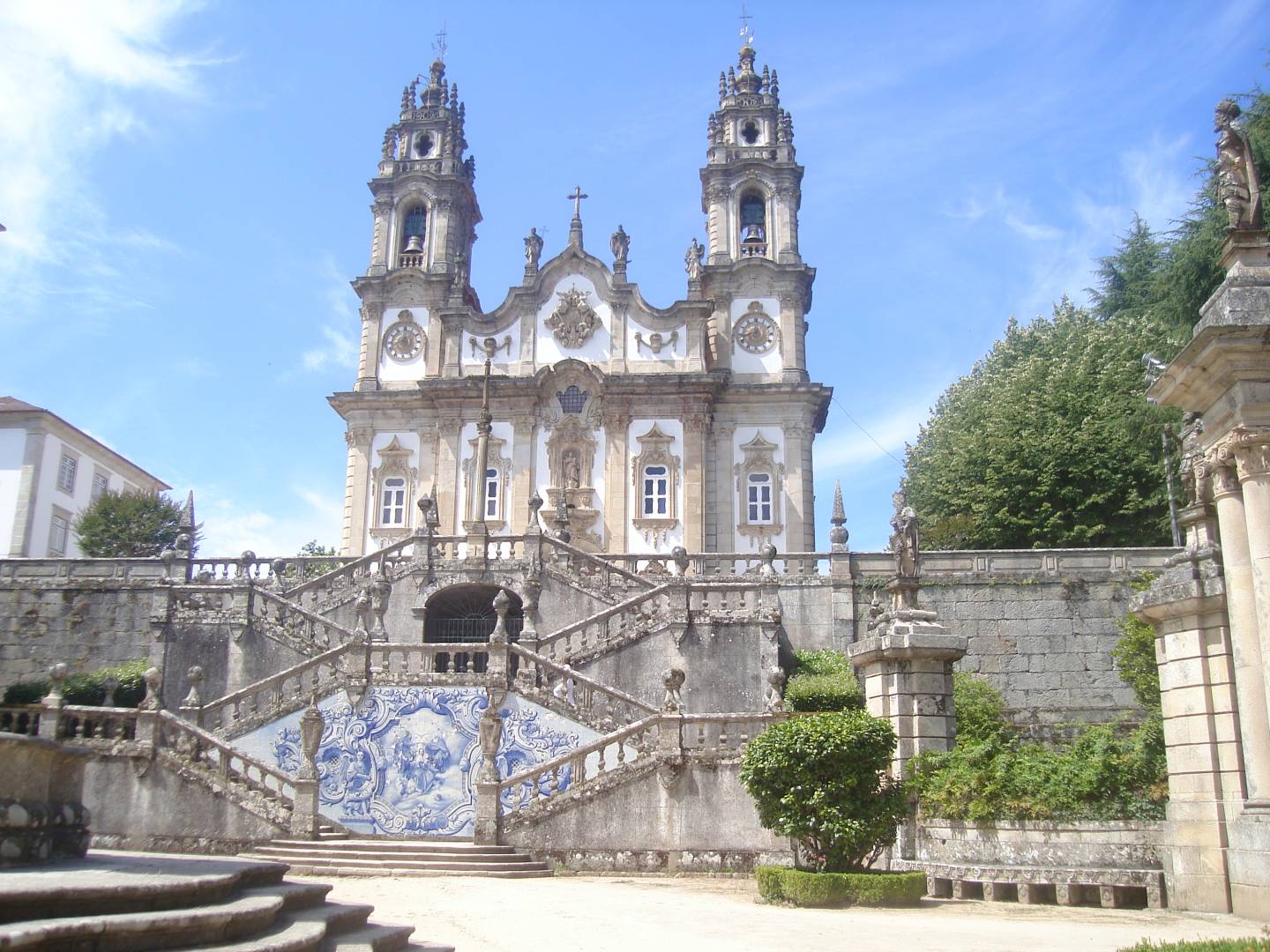
The beginning of this route begins in Lamego, a city located on the bank of the Douro River. It is a good starting point, with attractions that are not only religious, but also historical. In the centre, next to the Statue of Dom Miguel, you will have a wide view of the city. In the centre of Lamego there are several points that are marked on this route: The Cathedral of Lamego stands out, with special attention to the beautiful chancel by Nicolau Nasoni. Just outside you will find the Lamego Museum. Do not forget to visit the Castle of Lamego and at the end of this itinerary the Sanctuary of Nossa Senhora dos Remédios, with a clear view and refreshing shades.
Régua - 180 miles
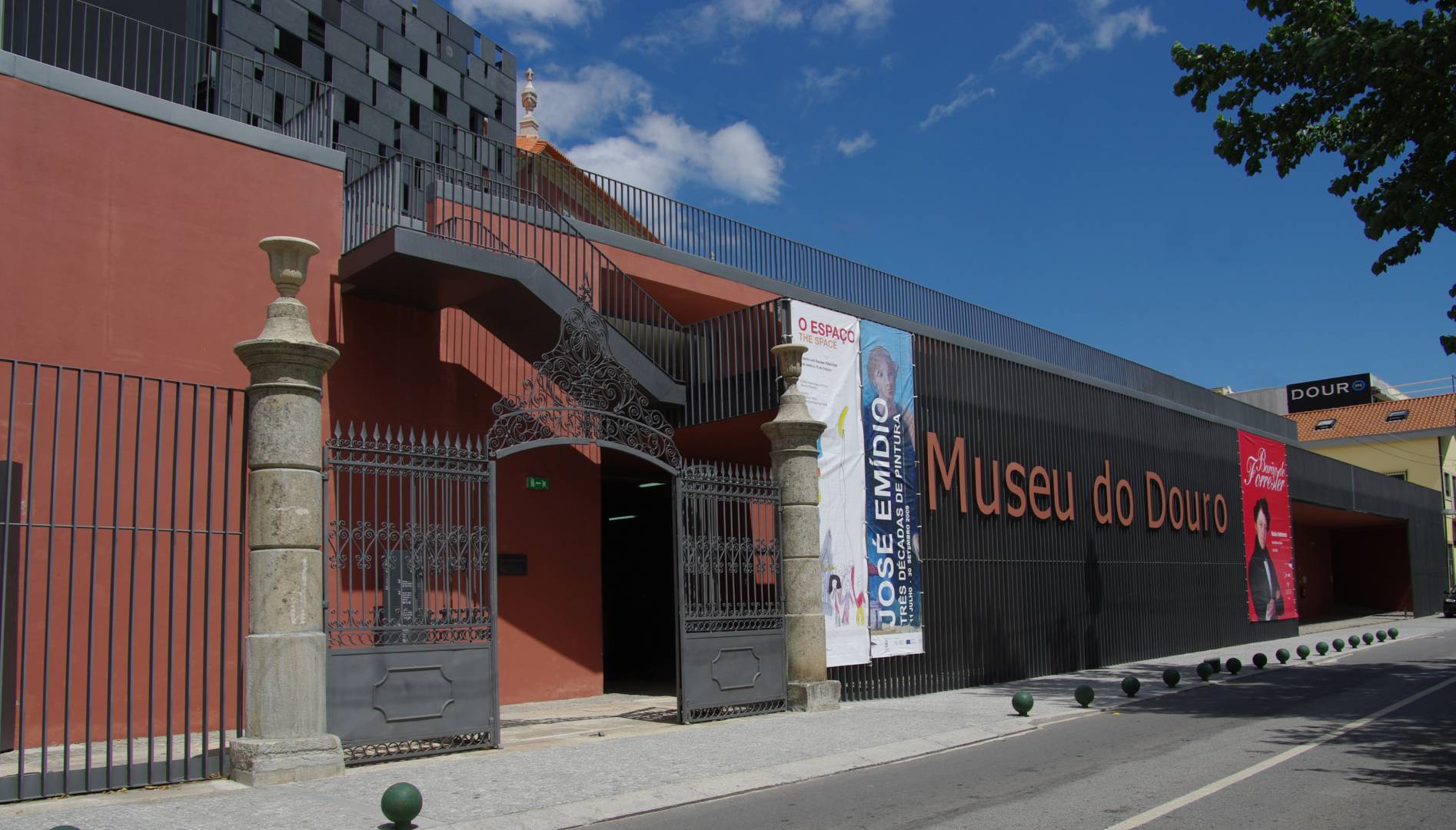
The route through the city of Peso da Régua is very pleasant, done practically on the banks of the Douro River, passing by the Régua Pier, and ending with the crossing of the Pedestrian Bridge over the Douro River. The city of Régua still has the splendour of the times when it was one of the most important commercial hubs in the Douro Demarcated Region (DOC). On this linear path you will find the Cruzeiro Chapel, the Douro Museum, a beautiful mural, and tiles depicting Marquis of Pombal next to the train station, the gardens, and the Misericórdia Church.
Amarante - 153 miles
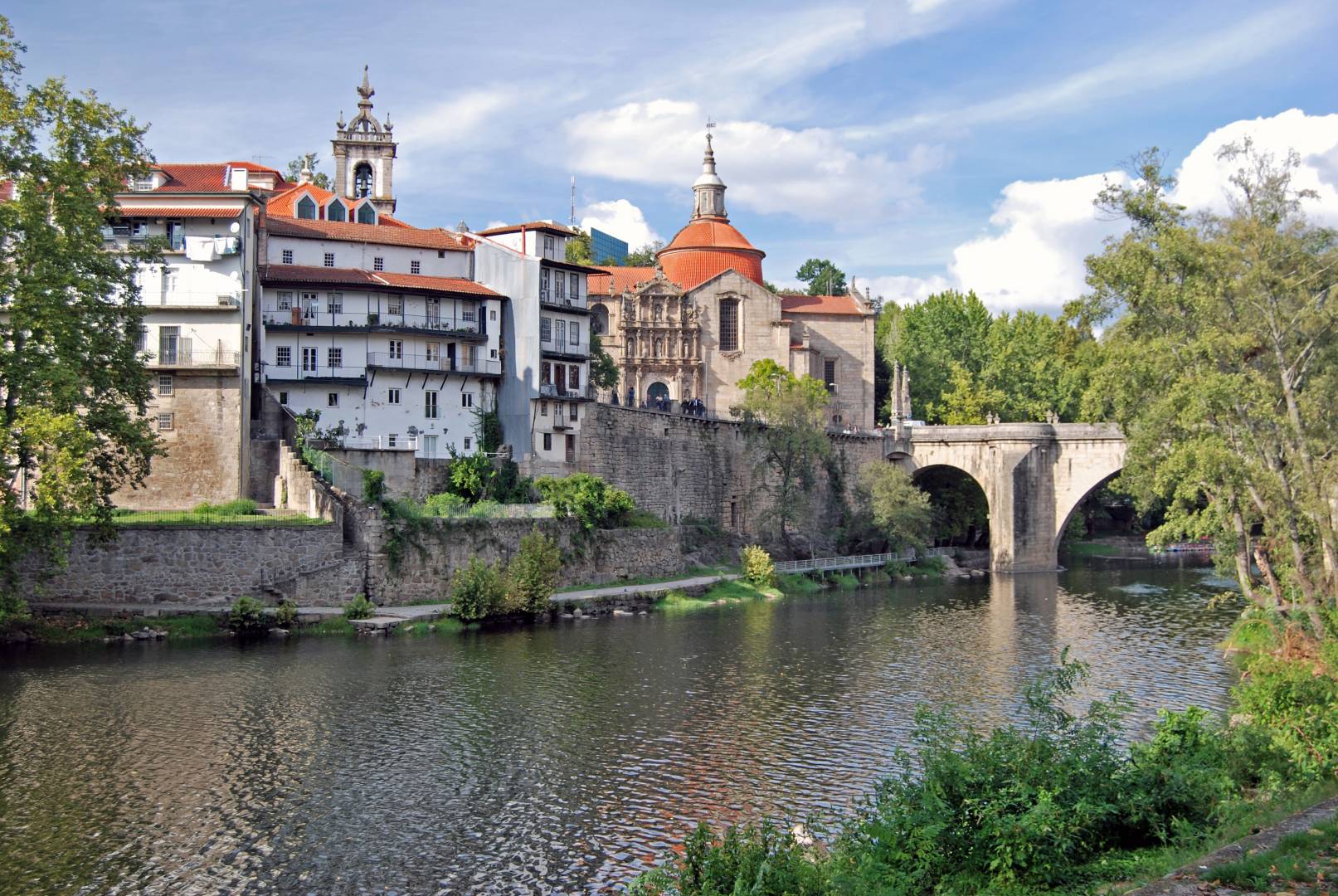
With the Tâmega River painting the scenery, the city of Amarante deserves explored at a slow pace. Start this path at the old railway station towards the medieval bridge, located in the centre of the city, and immediately enjoy the splendid landscape over the Tâmega River. Nearby you can visit the Monastery and Church of São Gonçalo, walk through the streets of the historic area, and admire the Church of São Pedro, the old houses, and Romanesque buildings. In an instant you reach the Amadeo de Souza-Cardoso Museum, where you can see up close the brilliant works of this Portuguese painter. Continue the walk along the banks of the river and the garden of Amadeo de Souza-Cardoso.
Felgueiras - 140 miles
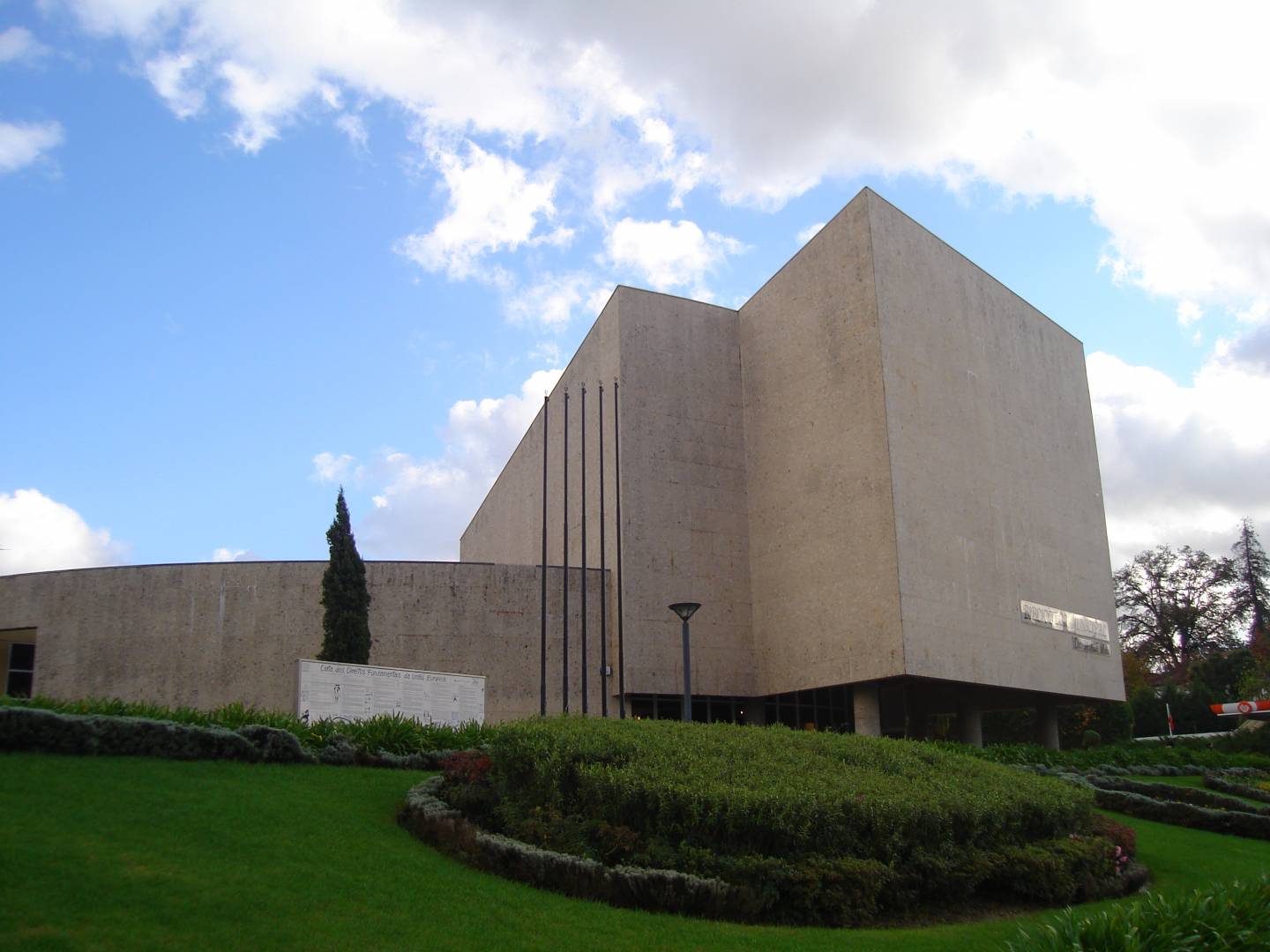
In Felgueiras, the Route of Torres crosses the city centre, passing through the Mural in homage to the navigator Nicolau Coelho, the Mother Church, the City Hall, and the Pão de Ló de Margaride Factory. Leaving the city, you will have the opportunity to pass by the Municipal Library building. Although not included in the Route of Torres, we also highlight the Monastery of Santa Maria de Pombeiro, one of the important Benedictine monasteries in this region, included in another important tourist route in the Tâmega and Sousa area, the Romanesque Route.
Guimarães - 129 miles
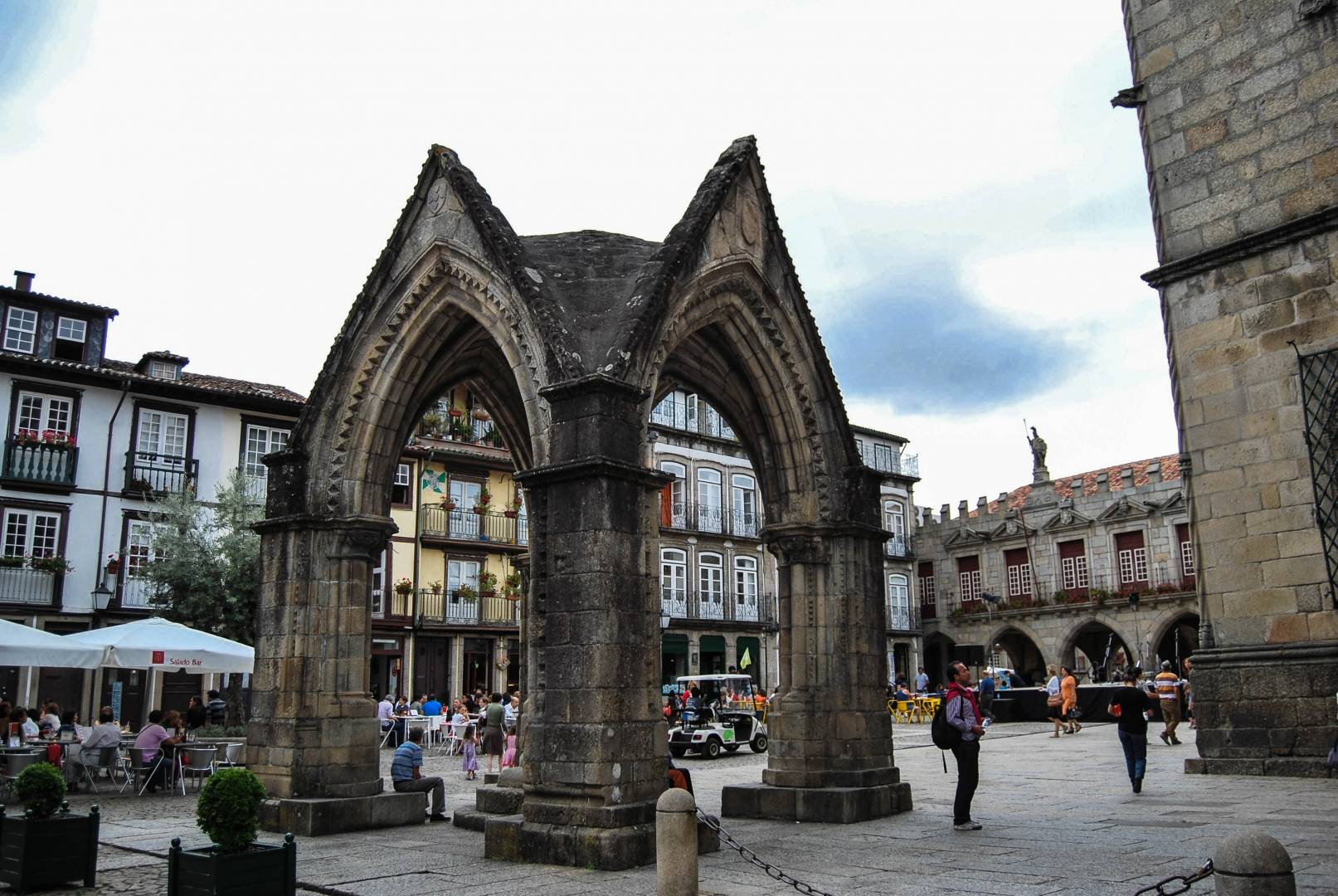
The Route of Torres also crosses the place where the Portuguese nation took its first steps. Culture, Heritage, History and Nature are attributes that combine in harmony in the city of Guimarães. The Route includes some of the main sights of the birthplace: The Church of São Dâmaso, the Castle of Guimarães, the Church of São Miguel do Castelo or the Padrão do Salado, a 14th century Gothic porch.
Braga - 107 miles
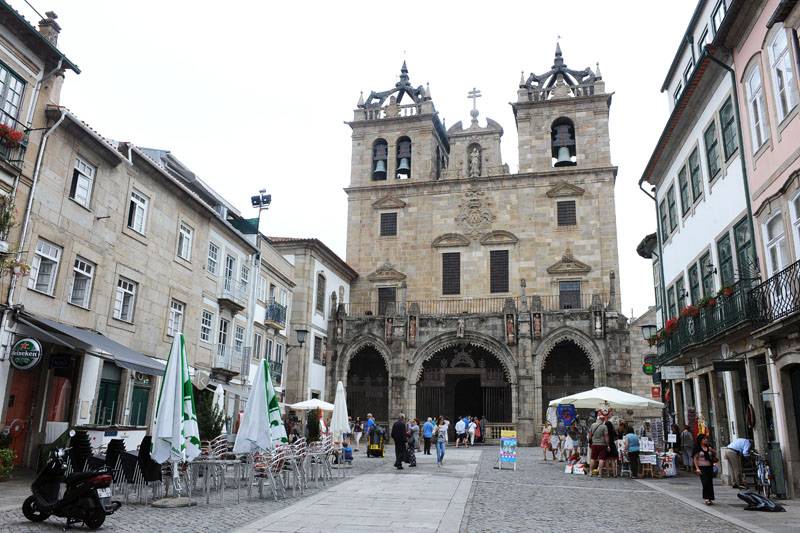
The city of Braga boasts a valuable set of monuments, mostly religious. In the Route of Torres there is an itinerary of 24 Points of Interest. We highlight the Porta Nova Arch, the Cathedral, the Convent of Pópulo, the Fountain of the Idol, the Tower of Santiago, the various museums of the city and Theatro Circo, a Portuguese revivalist theatre.
Ponte de Lima - 95 miles
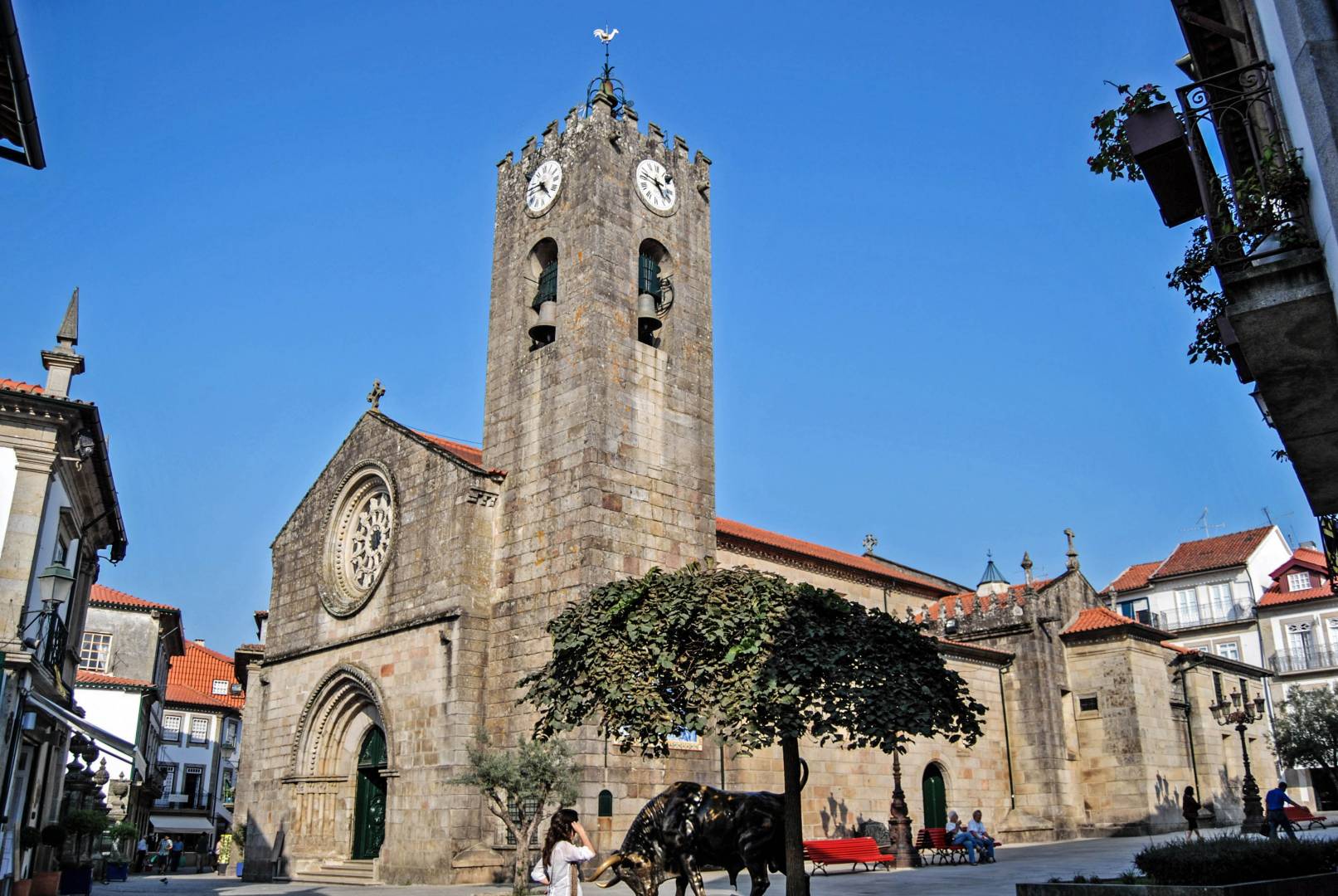
The town centre of Ponte de Lima is so welcoming that it calls us to relax by the riverfront. From this route, All About Portugal highlights the Gothic style Mother Church, the Cadeia Velha Tower, the Santo António Church, the Chapel of Anjo da Guarda, the crossing of the Medieval Bridge and, at the exit of the village, the gardens of the Arnado Park.
Valença - 73 miles
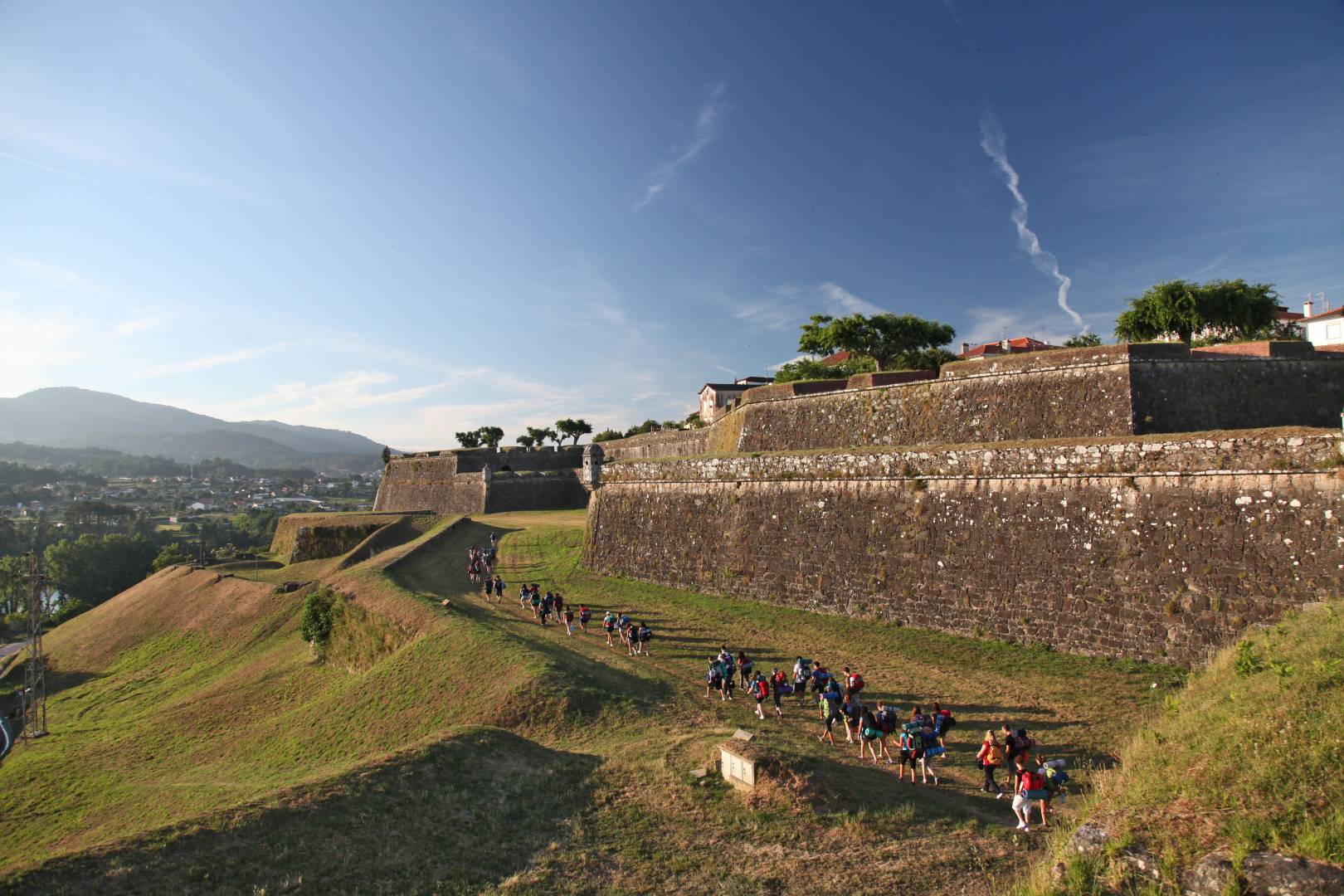
In Valença, the main and unavoidable attraction is its Hillfort, one of the most outstanding military fortifications in Europe. However, unlike many others, its interior is full of life, being much sought after by the traditional outdoor trade. To find the best viewpoint, we suggest the Socorro Bulwark, at the north end of the Fortress. The Municipal Museum of Valença, the Mother Church (of Santa Maria dos Anjos) and the Church of Santo Estêvão also stand out.
The Route of Torres continues in Spanish territory, by crossing the International Bridge over the Minho River towards Santiago de Compostela.
Recommended

